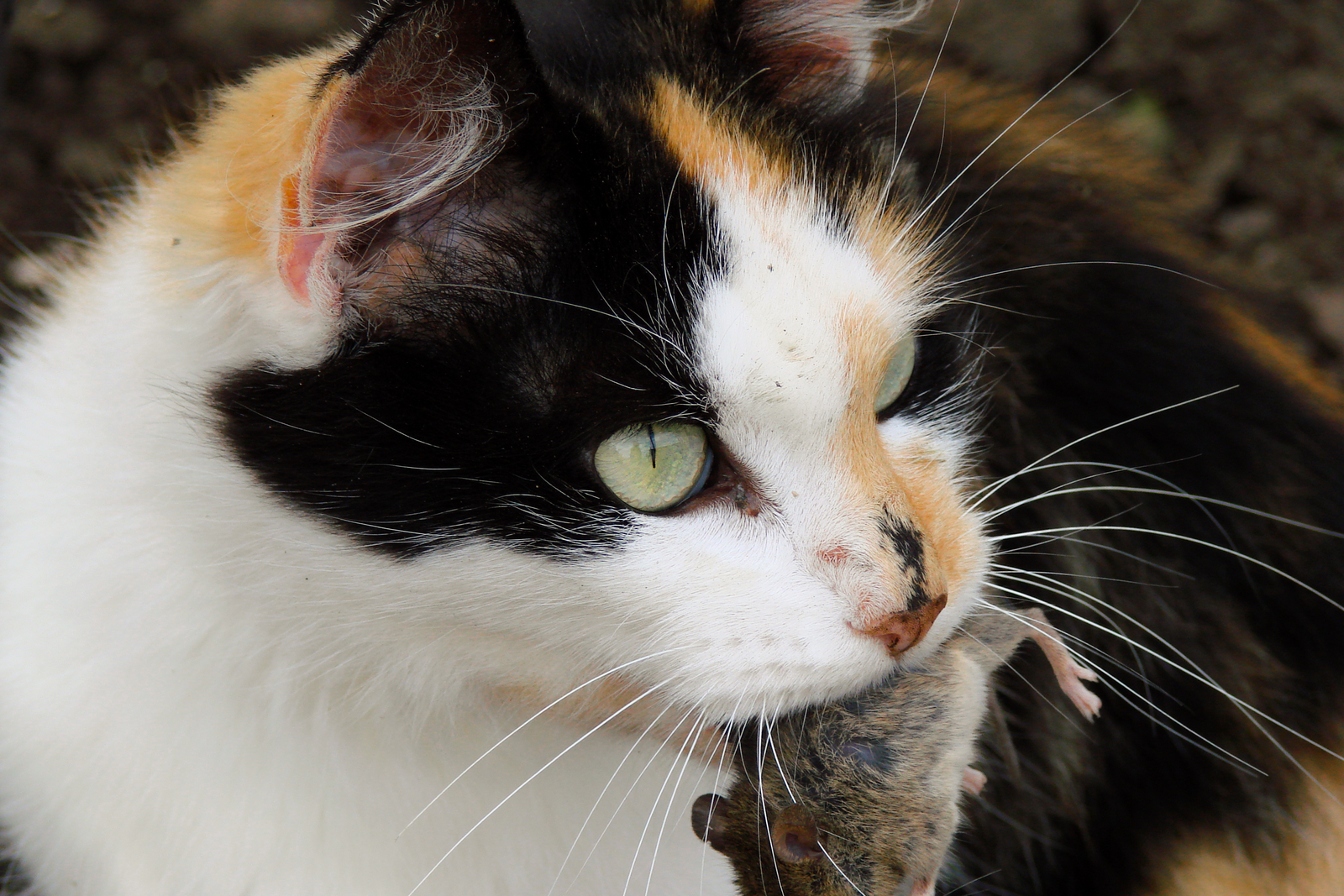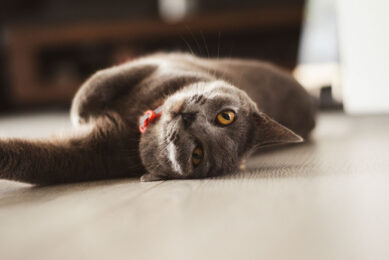Obese pets: back to whole prey diets?

In America, 190 million people share the luxuries of human life with their pets. That includes the habit to overeat, hence leading to diabetes, hyperlipidemia and cancer. Different feeding regimes are therefore needed.
“The most definitive player in pet health is the owner. And the first step in combating pet obesity is simply realising that an animal is overweight,” Dr Kelly Swanson, Professor of Animal and Nutritional Sciences at the University of Illinois explained at this year’s ADSA-ASAS Joint Annual Meeting.
Obese pets are not cute
“Owners need to actually recognise that their pet is obese, and is not just a funny, pudgy animal that looks cute,” said Swanson. “Lean, healthy pets not only live longer, but more importantly, have a better quality of life.” In fact, some lifelong studies show that maintaining a lean body condition score (BCS 4 or 5) adds an average of 1.8 years to dogs’ lives. Preserving steady body conditions requires owners to not just read pet food labels, but to actually understand and apply the feeding directions.
Tailor made pet feeding regimes
Dr Dennis Jewell, Research Scientist at Hill’s Pet Nutrition, emphasised the customisation of feeding programmes to fit each individual. “Each pet has unique genetics that determine, for example, if they’re going to use more calories to maintain their body weight than other animals,” said Jewell. “We can design feeding programmes for specific pet populations, based on factors like age, size, et cetera, but feeding regimens still come down to the individual pet.” For example, weight-loss regimens equate to the feeding of less energy-dense and more fibre-dense diets. Increased fibre intake results in less ad-libitum food consumption.

COLUMN: Raw pet foods make raw claims
Some owners prepare raw food diets at home for their dogs as they see their pets as carnivores that evolved eating raw foods. This has inspired manufacturers to position meat-based frozen and freeze-dried dog foods as raw. The raw market segment is small, but it is on a significant upswing. More columns from Anton Beynen
Should we mimic nature?
One overlooked feeding strategy may lie in the nature of the food itself. According to Dr Katherine Kerr, Post-Doctoral Research Fellow at the University of Florida, raw and whole-prey diets may provide a viable alternative to extruded ones. The diets of wild-type cats include the hide, hair and bones of prey. When used in addition to other plant and animal fibres, these have a positive impact on energy metabolism and gut microbial populations. Meat-based and whole prey diets in domestic pets could yield similar results. Kerr says that these types of diets are undervalued and under-researched nutritional therapy options. She believes they can play an essential role in health maintenance, and disease, allergy and obesity mitigation.
Source: Sciencedaily.com











